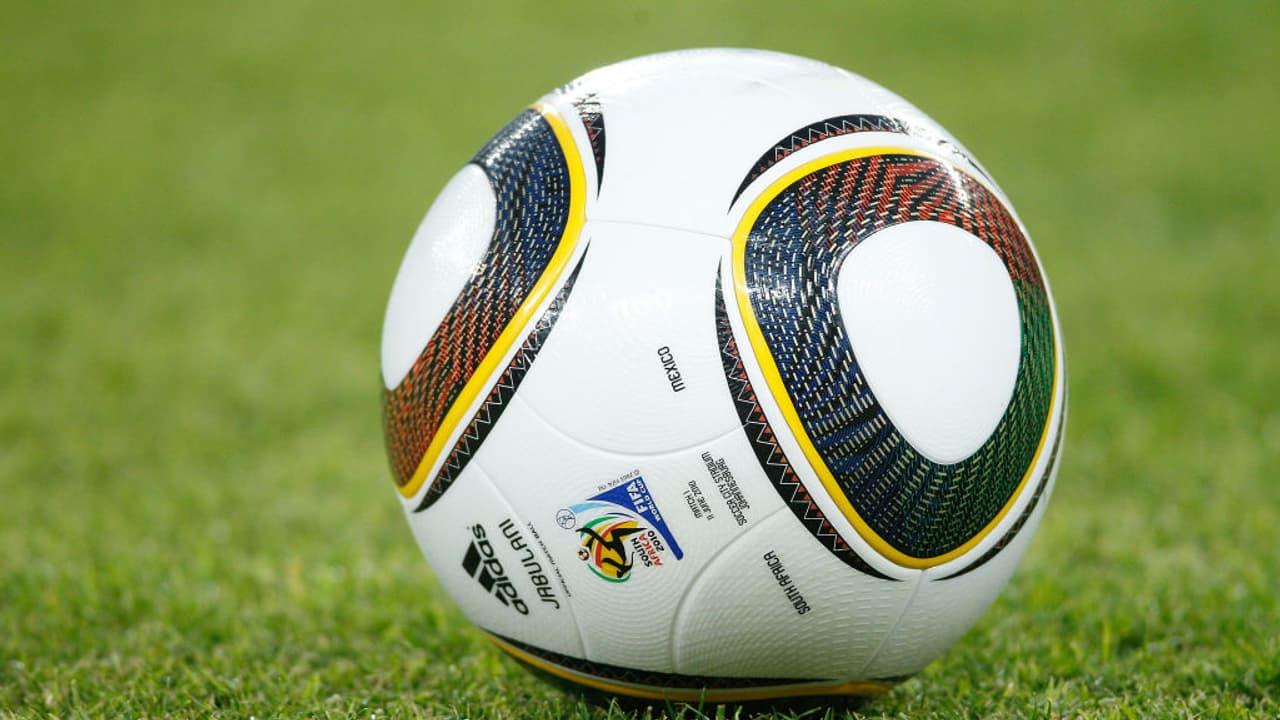
Five Iconic World Cup Balls Marking Football's Greatest Moments
The history of World Cup footballs is a story of innovation and iconic moments. From the revolutionary black-and-white Telstar in 1970 to the high-tech, sensor-equipped Al Rihla in 2022, each ball has left its mark.
The history of World Cup footballs tells a fascinating story of innovation, controversy, and unforgettable moments that have shaped the beautiful game. Each official match ball has carved out its own unique place in football folklore, whether through groundbreaking technology, aesthetic brilliance, or simply being present during the sport's most magical moments.
The Pioneer That Started It All
Mexico 1970 introduced the world to the Telstar, a ball that would forever change how football looked on our screens. With its distinctive black and white panels, this wasn't just about style - it was revolutionary for television broadcasts of the era. The contrasting colors made it easier for viewers to track the ball's movement and spin, turning what was once a practical necessity into an enduring symbol of the sport itself.
Beauty in Simplicity
Spain 1982 brought us the Tango España, widely regarded as one of the most visually striking balls ever created. Its ingenious design featured interlocking triangular patterns that created an optical illusion of twelve perfect circles. This wasn't just a football; it was a work of art that set new standards for sporting equipment aesthetics and remains a design benchmark decades later.
Ball in "Goal of the Century"
Fast forward to Mexico 1986, and we encounter the Azteca - the first football to be crafted entirely from synthetic materials. Engineers designed it specifically to handle Mexico's challenging high-altitude conditions and unpredictable weather patterns. But destiny had bigger plans for this ball. It became the silent witness to two of football's most talked-about moments: Diego Maradona's infamous "Hand of God" incident and, just minutes later, his breathtaking "Goal of the Century" against England.
The Ball That Divided Opinion
South Africa 2010's Jabulani became infamous for all the wrong reasons. Despite its sleek appearance, the ball's revolutionary eight-panel construction created flight patterns that baffled even the world's best players and goalkeepers. Its unpredictable behavior sparked heated debates throughout the tournament, making it perhaps the most criticized World Cup ball in history.
The Smart Ball Era
Qatar 2022 marked a technological leap with Al Rihla, the first World Cup ball equipped with internal sensors. This innovation provided real-time data to assist Video Assistant Referees in making crucial offside decisions. Adorned with colors and patterns celebrating Arab culture and heritage, this high-tech sphere accompanied Lionel Messi and Argentina as they finally claimed football's ultimate prize at the spectacular Lusail Stadium.
Legal Disclaimer:
MENAFN provides the
information “as is” without warranty of any kind. We do not accept
any responsibility or liability for the accuracy, content, images,
videos, licenses, completeness, legality, or reliability of the information
contained in this article. If you have any complaints or copyright
issues related to this article, kindly contact the provider above.
Most popular stories
Market Research

- Financewire And Tipranks Partner To Redefine Financial News Distribution
- Ethereum-Based Defi Crypto Mutuum Finance (MUTM) Reaches 50% Completion In Phase 6
- Stonehaven Circle Marks 13Th Anniversary With Hadrian Colwyn Leading Calvio Ailegacyx Innovation
- Citadel Launches Suiball, The First Sui-Native Hardware Wallet
- Motif AI Enters Phase Two Of Its Growth Cycle
- Dubai At The Centre Of Global Finance: Forex Expo 2025 Redefines The Trading Landscape



















Comments
No comment